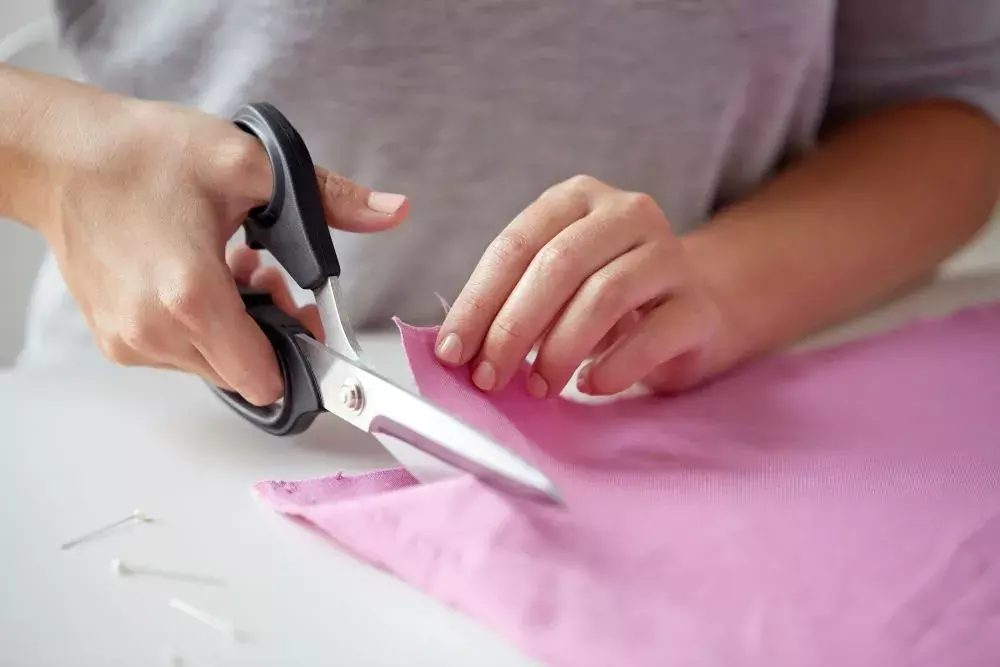Maintenance and Care Tips for Your Sewing Scissors and Cutters
2024-02-13
Sewing scissors and cutters are essential parts of any sewing kit. Whether you’re a professional sewer or a hobbyist, your cutting tools will allow you to modify your materials exactly how you need them and create perfect finished products.
Here is what you need to know about caring for these crucial sewing tools.
Why Is Sewing Scissors and Cutters Maintenance Important?
You might not have heard of maintaining a pair of scissors before. Sewing scissors are different from your everyday kitchen scissors. They are sharper and more precise, allowing them to easily slice through all kinds of fabrics.
However, they can become dull and less useful if you don’t care for them. Unless you want to replace your sewing scissors or cutters every few months, maintaining the pair that you have is highly recommended. This will save time and money and keep your workflow smooth at your sewing table.
Tips for Caring for Your Sewing Scissors and Cutters
You may wonder how to care for sewing scissors and cutters. Though these tools are slightly different and have different functions, the process of keeping them in good condition is very similar. Try these tips to make sure the cutting materials in your sewing kit stay properly maintained:
Learn Which Scissors or Cutters to Use for Which Material
Within the category of sewing scissors and cutters, there are a few types of products that are designed for use on specific materials.
For example, upholstery shears are made with large, thick blades to cut through the material on couches and chairs, while standard sewing shears or fabric scissors are meant for thinner materials, like cotton or linen.
Start by determining what your sewing scissors are made for, and avoid using them for any other purpose. When you use sewing cutters on an improper fabric type, it can cause the blades to become dull or even damaged. Additionally, your workflow will be interrupted by how inefficient the scissors will be at the task.
Prevent Drops or Falls
Even one bad drop could cause your sewing scissors to break, especially if they fall onto a hard surface like wood or stone. Avoid this possibility by storing your sewing cutters in a safe place where they won’t fall, such as a drawer or far back on a shelf.
Using a protective case or sheath also helps to prevent damage if your sewing cutters end up falling. It can also protect the item from dust and other environmental factors.
Clean the Blades Regularly
Sewing cutters can benefit highly from regular cleaning. Not only will they stay looking new, but they’ll also keep functioning well, as the blades will stay sharp.
Use a microfiber cloth to clean your sewing cutters. Ensure the cloth is soft and dry when you use it on the blades. For best results, give your scissors a quick wipe-down after every use.
Don’t Force the Cut
If you’re in the middle of a sewing project and have to force your cutting tools to work through a piece of fabric, pause. You might be using the wrong type of scissors for the material you’re working with.
Don’t continue to force your scissors through the job — it might damage them or cause your fabric to rip. Research which type of cutters you should use for your fabric, and continue the project once you have them.
Never Use Sewing Scissors or Cutters for Paper
Did you know that using sewing scissors or cutters on paper can cause the blades to become dull? Even though you might like how cleanly your sewing cutters glide through paper, using them for this purpose can make them less effective for their actual purpose.
Make sure you have a pair of house scissors on hand for whenever you need to cut paper. This way, your sewing cutters will be ready to do their job right once you need them for a project. You’ll also have to replace your sewing scissors much less often.
Trust GoldStar Tool for High-Quality Sewing Scissors
At GoldStar Tool, we’ve got everything hobby sewers and professional crafters alike need to succeed. Check out our online inventory of sewing scissors, cutters, and other cutting tools — you’ll find exactly what you need for your next project!





